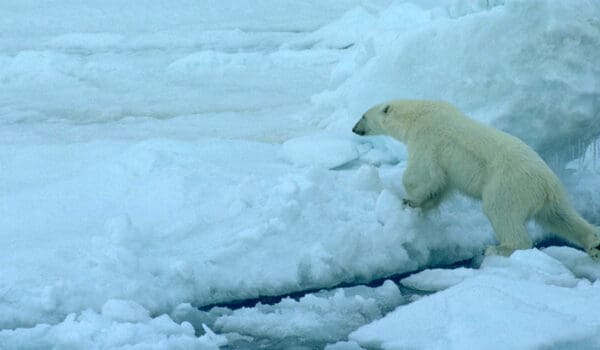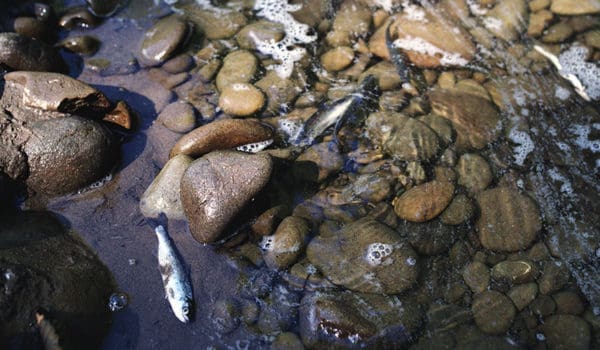In the mid-80s, we wore big shoulder pads, parachute pants and had enormous hair – thanks to hairspray. Most spray containers at that time contained chlorofluorocarbons, AKA CFCs, substances that were used in many products and industries all over the world.
CFCs release chlorine radicals while exposed to sunlight. These radicals tear ozone molecules (O3) apart and thus contribute to the degradation of the protective ozone layer. As a result, the so-called ozone hole developed, discovered in 1985 by British scientists. This discovery resulted in the international treaty known as the Montréal protocol, designed to protect the ozone layer by phasing out the production of numerous substances that are responsible for ozone depletion.
Ozone levels still on the rise
Even though the Montréal protocol led to a global ban of CFCs and halons in 2010, it will take several decades before these substances disappear from the stratosphere.
Ozone is a substance that can damage not only human health, ecosystems and materials, but studies have also documented the role of ozone as third most important anthropogenic greenhouse gas. Scientists also see an increasing trend in background values of ozone, without knowing for sure where this comes from.
Important climate projects and activities at NILU in the 80s
1980: The second phase of the project “Sur nedbørs virkning på skog og fisk” (“The impact of acidic rain on forest and fish”) is finalised and replaced by the long term “National program for observation of pollutants” (“Statlig program for forurensningsovervåking”) upon request by SFT, the national authority for pollution. NILU is responsible for the observation program and data management.
1981: British Petroleum Ltd. supports the extension of NILU’s examination of air pollution in the Arctic. The aim is to create base data to assess how potential oil drilling activities in the Arctic would affect the environment there.
1983: The Convention on Long-Range Transboundary Air Pollution enters into effect after being ratified by 24 countries. Through coordination work and a project led by NILU and the University of Oslo (Institute for geophysics) to investigate how the reduced sulphur emissions could impact acid rain, NILU played an important role in establishing a basis for the Convention.
1984: Results of NILU’s research in the Arctic confirm that the area accumulates extensive air pollution from the former Soviet Union and Europe, especially in wintertime. The most important sources are the large industrial areas in the Northern part of Soviet Union (Kola, the Ural region and Norilsk).

1985: British scientists discover a hole in the ozone layer over the Arctic. Based on this discovery, NILU suggests to create a “clean air”-station at Svalbard to detect changes in the atmosphere. Arctic measurements are considered necessary to obtain an overview of how air pollution can impact our climate on the long run. During the same year, a joint European program is initiated to study the effects of long-range transport pollutants on forests, since it had been reported that large parts of forests in central parts of Europe were dying.
1986: The Chernobyl accident led to radioactive precipitation over parts of Norway. At that time, Norway did not have any observation network for radioactive measurements, but in the aftermath of the Chernobyl accident, NILU was asked to equip their air pollution observatories with instruments that could also measure radioactivity.
1988: NILU participates in the EUROTRAC-collaborative subproject TOR (Tropospheric Ozone Research), which maps the atmospheric composition with a special focus on ground level ozone and gasses that impact ozone. In the same year, building activities for a research station on Zeppelin mountain start.1987: NILU and The Norwegian Institute for Meteorology work together in developing an EMEP-model for long-range transport of nitrogen oxides in Europe. Calculations based on the model demonstrate that Eastern European countries are the main contributors to the sulphur deposits that are measured at the different EMEP-observatories, while Western Germany is a main source of nitrogen oxides.
1989: NILU celebrates its 20th birthday and the observatory on Zeppelin is finished. NILU starts to measure greenhouse gasses and global air pollutants, caused by use of fossil fuels, emissions from industry and other anthropogenic sources during the autumn that year. Zeppelin later becomes part of GAW – Global Atmospheric Watch network, organized by WMO.
A film about the ozone layer over the Arctic. Senior scientists Cathrine Lund Myhre and Georg H. Hansen contributed on behalf of NILU. The film was produced by UNEP Ozone Secretariat Ozone Action Branch and World Meteorological Organization (WMO) in 2013. (Click on the title of the film to enlarge the picture)




